Out-of-State Wildfires and Local Fire Resource Shortages May Drive Up Homeowners Insurance in Wyoming
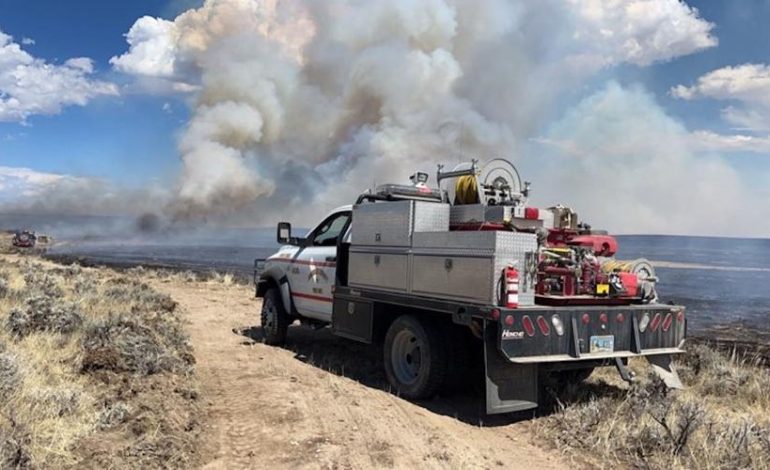
Wyoming homeowners may soon face increased insurance premiums or even a loss of coverage due to the combined effects of out-of-state wildfires and potential reductions in local firefighting resources, Wyoming Tribune Eagle reports.
This trend aligns with a broader national increase in homeowners insurance rates, driven largely by the rising risks posed by wildfires, as well as changes in the way insurance companies assess risk.
Jeffrey Rude, the insurance commissioner for the Wyoming Department of Insurance, explained that insurance costs are climbing across the board, with wildfire risk adding an extra burden in areas like Wyoming.
“Obviously, costs are going up for all home insurance, and wildfire makes it even go up more if you’re in one of those areas that have been rated as a fire risk,” Rude said.
In recent years, homeowners in high-risk states like California have already experienced higher premiums and, in some cases, a loss of coverage after devastating fires. This trend is now affecting states like Wyoming, which face similar risks due to increasing wildfire frequency.
Insurance companies are not only raising rates because of the rise in local wildfires but also due to new predictive models that help assess fire risk. Rude noted that these models have made some homeowners wonder why their rates are increasing despite no direct history of wildfire damage.
“That’s because they’re using this predictive modeling to show where they’re more concerned with that risk,” he explained.
Another concern for Wyoming homeowners is the indirect impact of wildfires in neighboring states. As massive fires in places like California drive up the costs of rebuilding—impacting materials like lumber, concrete, and labor—the effects ripple across state lines, raising costs for insurance companies. This, in turn, contributes to higher premiums for Wyoming residents, even though their homes may not have been directly affected by the out-of-state fires.
The financial toll of wildfires is not limited to insurance premiums. In Wyoming, fire-related damage in 2021 alone surpassed $2 million. The state’s fire response efforts also face challenges. Shad Cooper, president of the Wyoming Fire Advisory Board and Sublette County fire warden, shared that local homeowners have been reaching out to him for guidance on how to increase their homes’ fire resilience, prompted by their insurance companies’ recommendations. These homeowners are being urged to take preventive steps, such as hardening their homes and reducing hazardous fuels around their properties.
Firefighting resources are a growing concern in Wyoming. Many insurance companies take into account the proximity of fire stations and the availability of local responders when determining premiums. Unfortunately, a potential reduction in funding for local fire departments—due to property tax cuts without adequate backfill funds—could further increase the fire risk. Local fire districts have warned that such funding shortages could lead to staff layoffs or station closures, which would delay response times and exacerbate the state’s ability to control fires.
Cooper pointed out that the state’s volunteer fire departments, which make up a significant portion of the firefighting workforce, are already struggling to maintain operations with limited budgets. In some cases, these departments have resorted to hosting fundraising events to cover essential costs like protective equipment, fire trucks, and maintenance.
State Forester Kelly Norris highlighted the vital role that both local and federal resources play in Wyoming’s fire response. In recent years, Wyoming has relied heavily on federal partners and resources from neighboring states to manage wildfire seasons. However, the ongoing hiring freeze at federal agencies and potential cuts to local fire department funding could strain these partnerships, making it more difficult to respond effectively to future fires.
Despite these challenges, Norris and other local firefighters remain committed to doing their jobs, even if it means working with fewer resources or delayed response times.
“We’re going to do the job,” Norris said. “We’re going to move forward, we’re going to protect lives, we’re going to put fires out, and we’re going to figure it out.”
As for the impact on insurance rates, it remains unclear exactly how the loss of local fire resources will affect premiums. However, it is reasonable to assume that fewer resources for fire prevention and control could lead insurers to raise rates. Rude emphasized that while it’s difficult to predict the exact effects, “when someone has fewer resources available to fight a fire, those insuring against those fires will probably charge you more.”

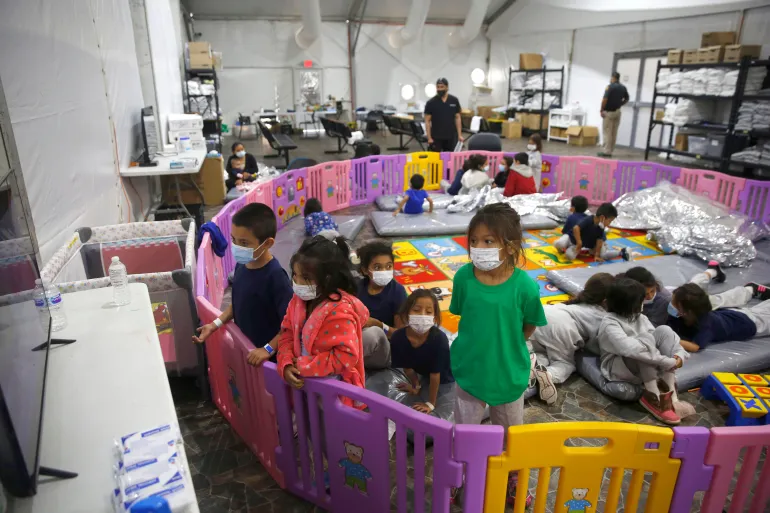

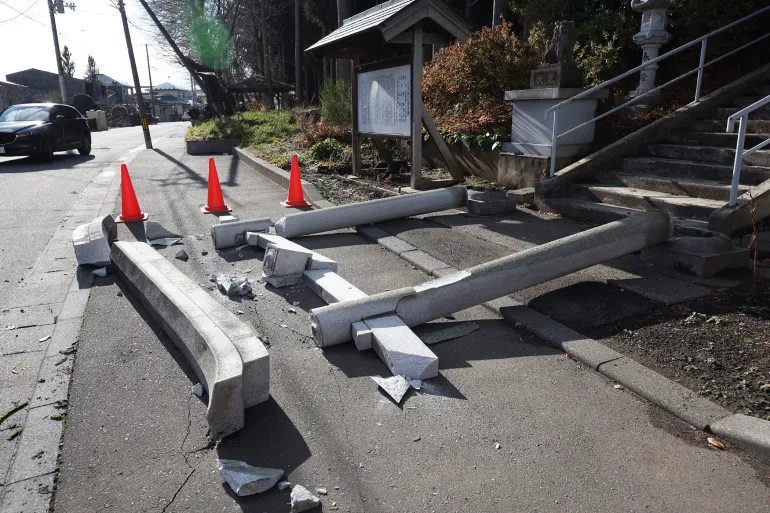
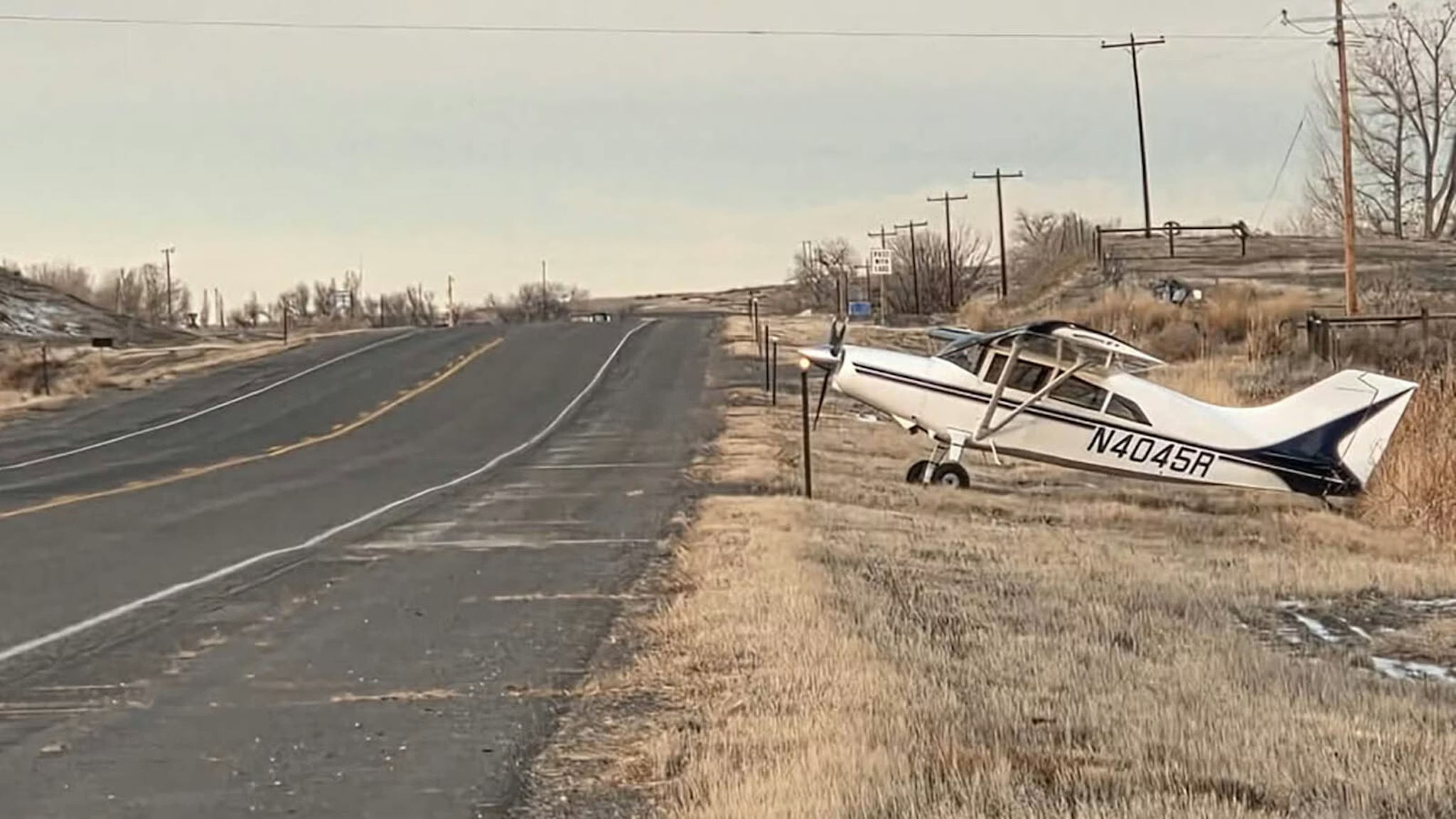

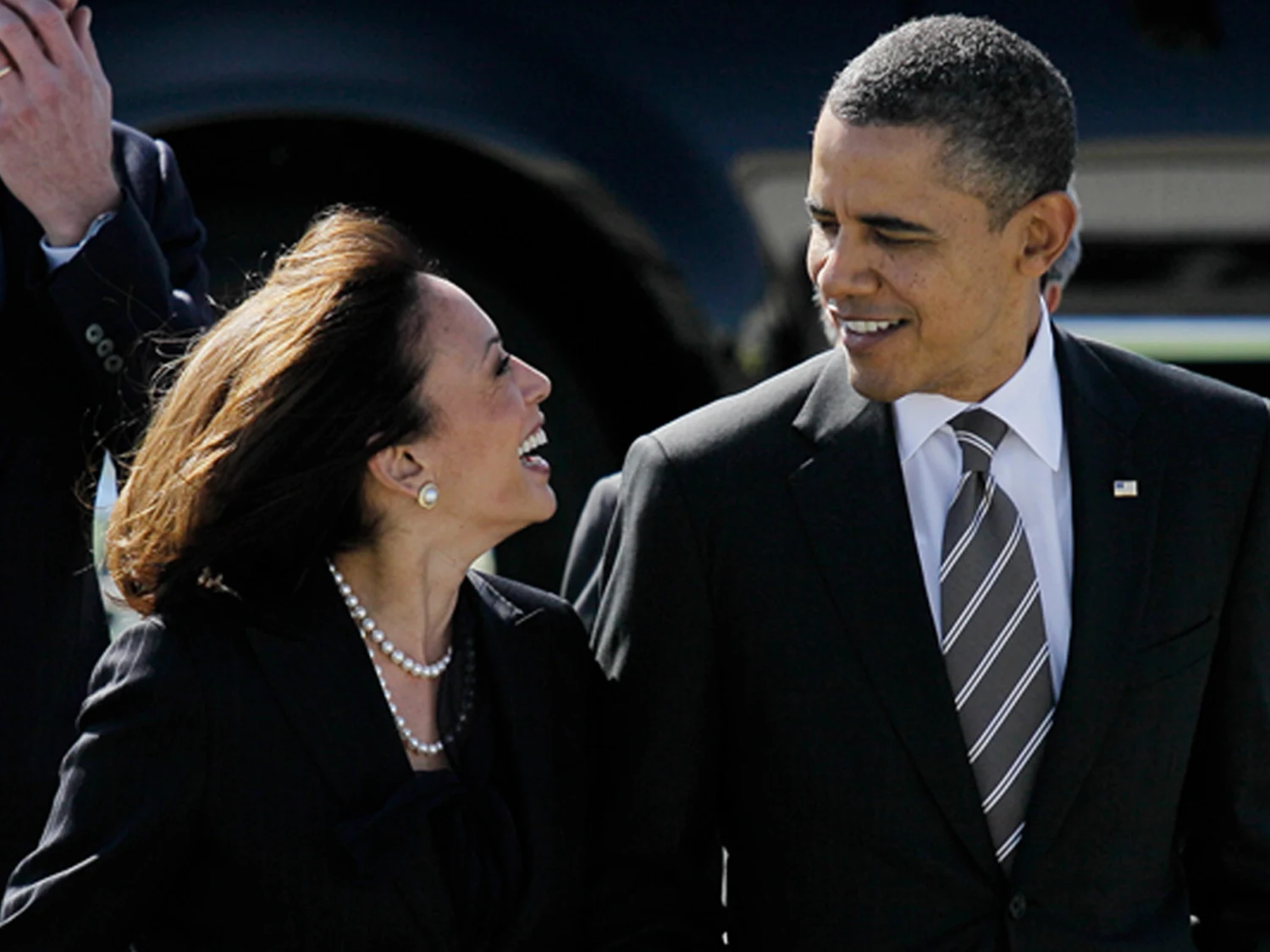


The latest news in your social feeds
Subscribe to our social media platforms to stay tuned